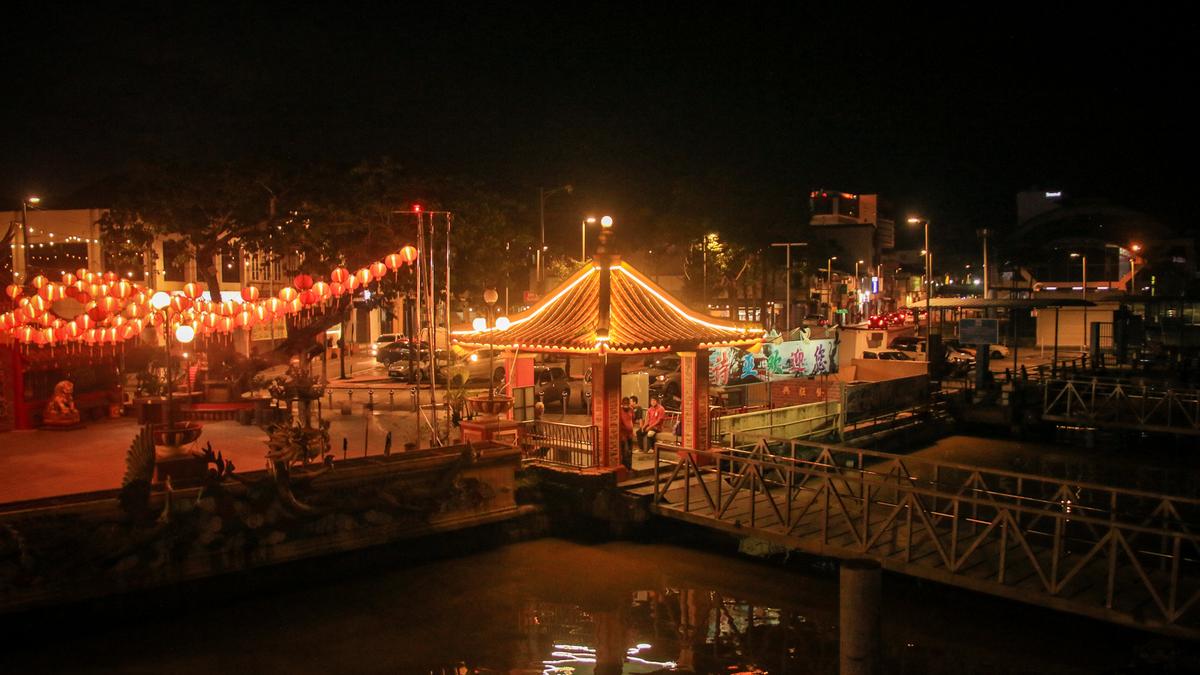
Though bustling Kuala Lumpur in the peninsular part of Malaysia ranks as its capital, but across the South China Sea and on Borneo Island lies the quaint city of Sibu.
| Photo Credit: Adithya Narayan
London, Paris and Bangkok are tourist destinations that double up as capital cities and are on most people’s checklists, for they grant them one of the key takebacks from a holiday — bragging rights. But look beyond the horizon of capitals: Crowds diminish, commodities are cheaper and curated programmes give way to authentic experiences. In Malaysia’s case, bustling Kuala Lumpur may rank as the capital and draw most tourists, but it could be more rewarding to look across the South China Sea, to the city of Sibu set on Borneo Island.
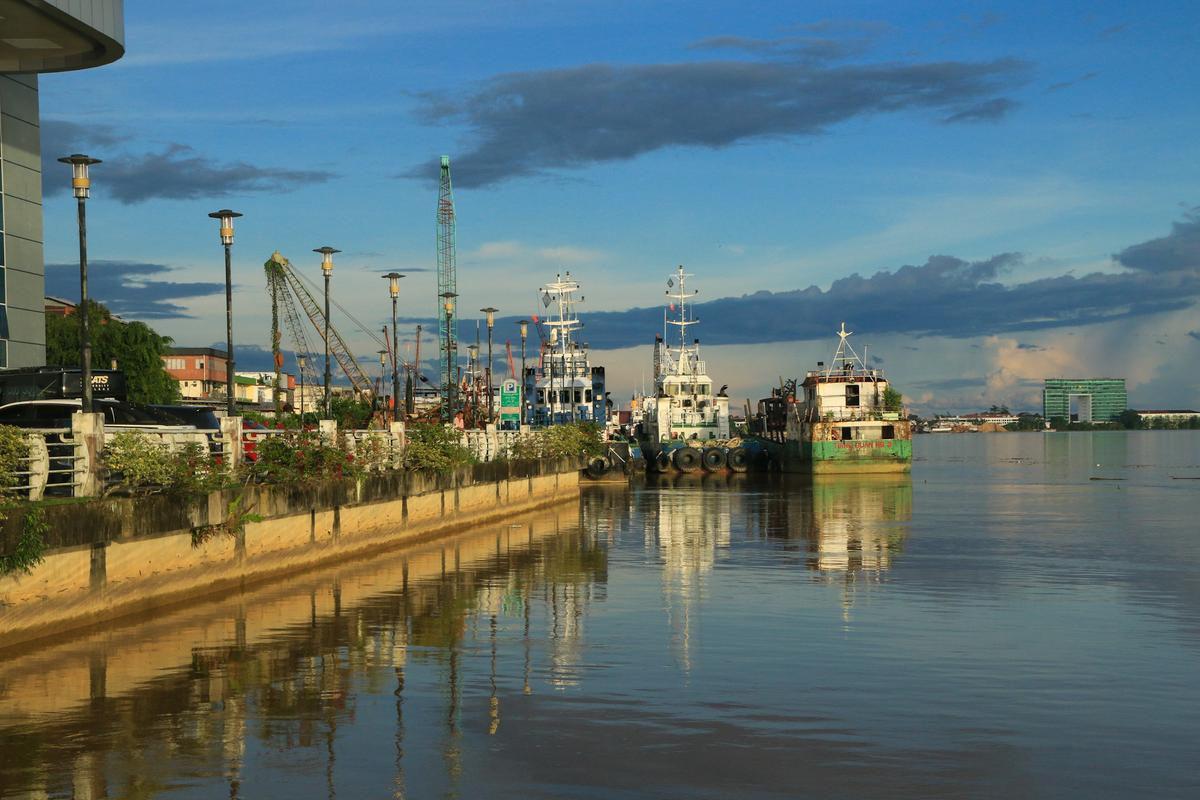
The Rejang River flows through Sibu and visitors can go boating on it.
| Photo Credit:
Adithya Narayan
Borneo, the third-largest island in the world after Greenland and New Guinea, was ruled by the Sultan of Brunei till the 18th Century. By the time colonisation ended, the territory of Brunei shrank to a speck and the rest of the island was split between Indonesia’s Kalimantan State and Malaysia’s Sabah and Sarawak States, with Sibu falling under the latter.
Scoot, a subsidiary of Singapore Airlines, now flies to Sibu from the Asian financial hub; its inaugural flight took off on June 5. The budget carrier flies non-stop thrice weekly from the Lion City to Sibu.
Step outside Sibu Airport, and a sense of déjà vu greets the visitor. Across the road stands a patch of green that harks back to the verdant landscapes of many South Indian states. Sarawak, by virtue of being a tropical region, is replete with rainforests, and Sibu’s topography is no different.
The similarities are far outnumbered by differences though. Population density is less, leaving people and buildings few and far between. Roads, dotted with large pick-up vehicles and small-capacity scooters, are plied by laid-back motorists who have no qualms about stopping at red lights, and honking is seldom heard. Business establishments welcome customers with dedicated open-parking spaces reminiscent of the ones seen in Hollywood movies.

A morning scene at a cafe in Sibu.
| Photo Credit:
Adithya Narayan
Sarawak, Malaysia’s biggest State, is dominated by ethnic tribes and Malays. Sibu, with its strong Fuzhou presence — people who migrated from China looking for work — is an outlier. The cuisine, however, is a mix of everything. Laksa, a noodle soup with meat and coconut milk, traces its roots back to China, while Midin, a jungle fern cooked in fish broth, is a native of Sarawak.
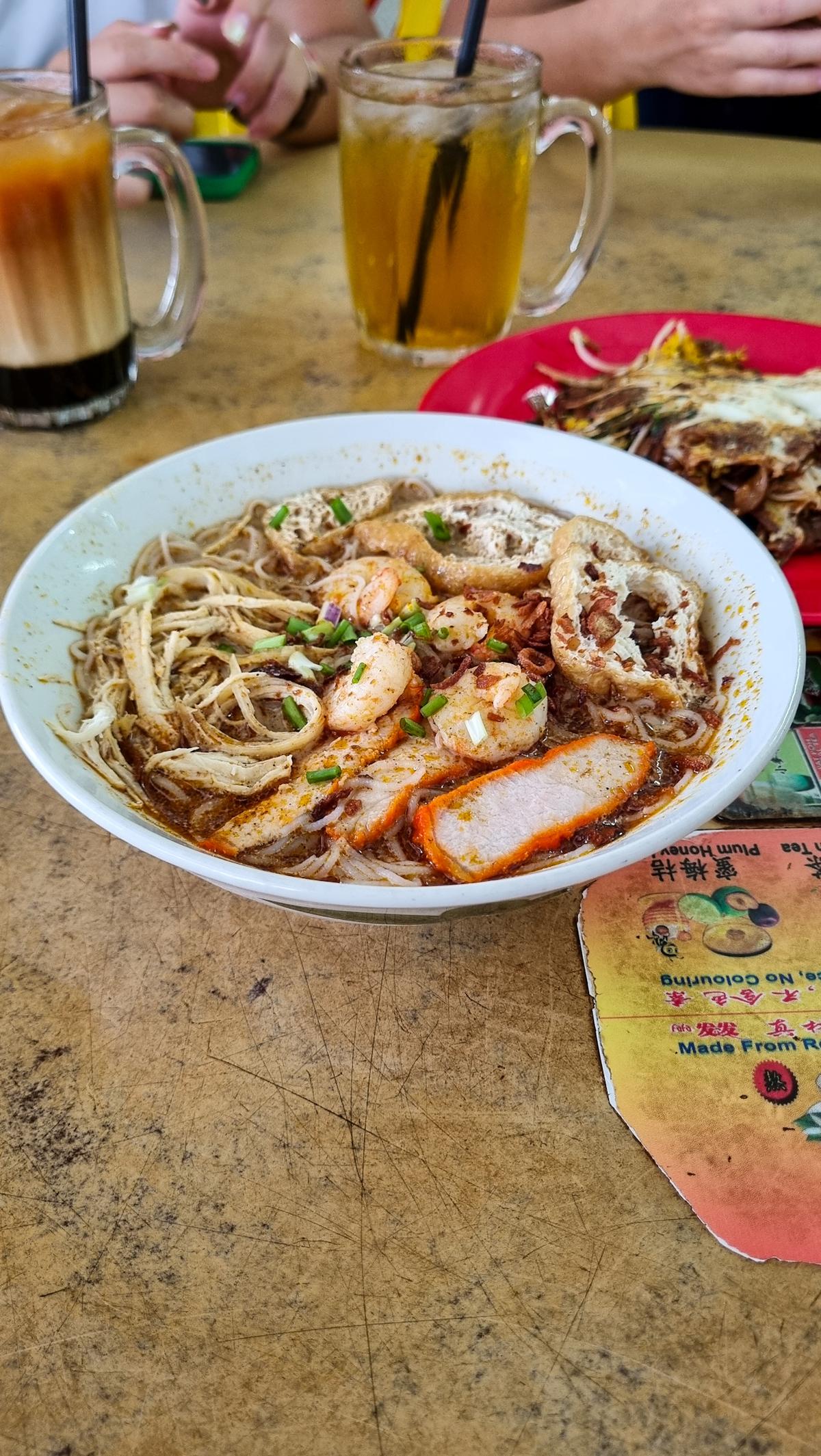
The Laksa is a noodle soup with meat, fish and coconut milk.
| Photo Credit:
Adithya Narayan
Interestingly, Sibu shares culinary traditions with India too. On a visit to one of the longhouses, a building on stilts and stretches to the back, where the native Iban population lives, visitors are greeted with welcome snacks, which are essentially Tamil Nadu’s paniyaaram (known by the same name) and Kerala’s achappam (called Kuih Rose).
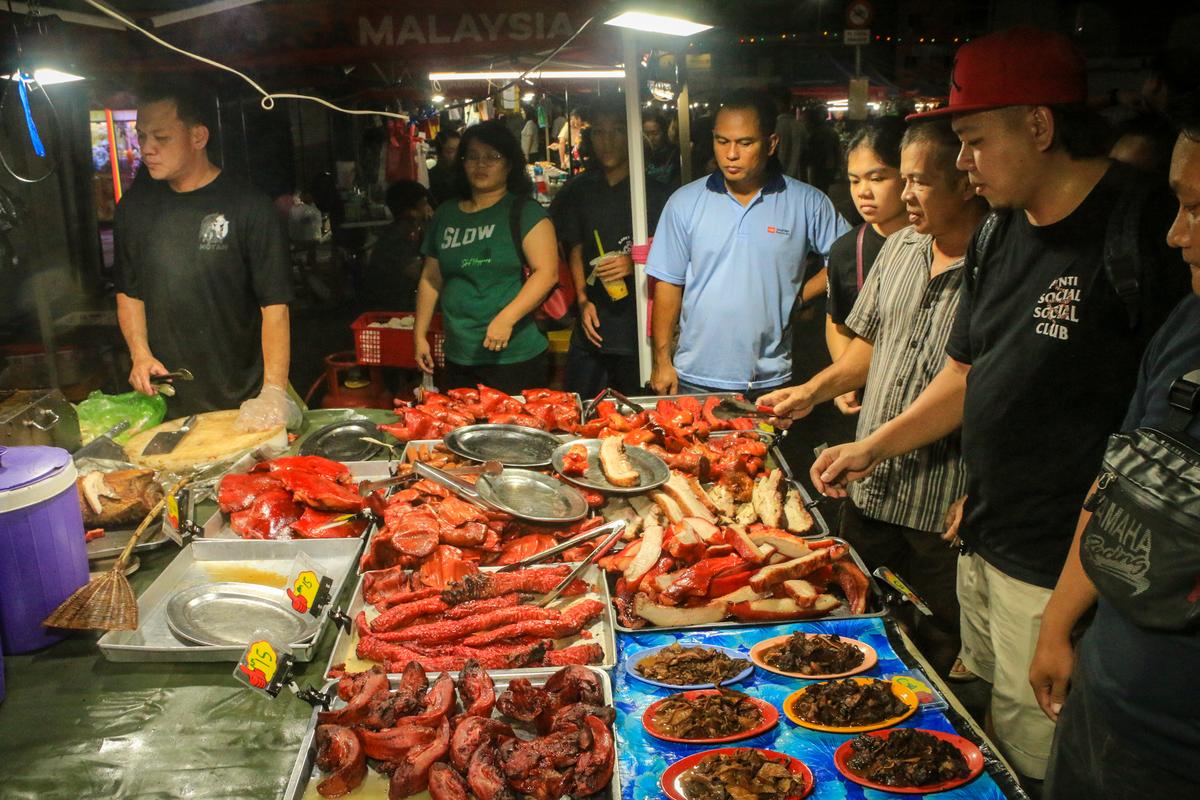
Cooked meat, mainly pork, is sold in the night makret in Sibu.
| Photo Credit:
Adithya Narayan
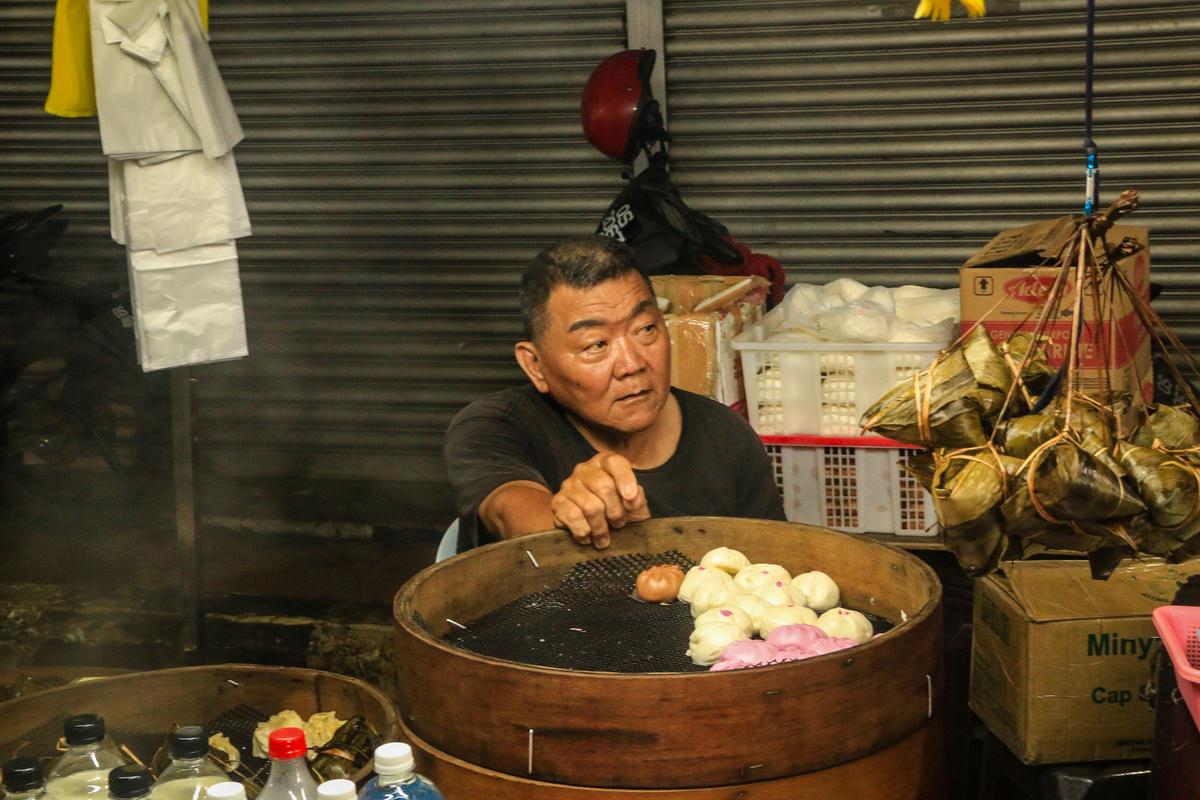
A vendor at the night market in Sibu selling dumplings.
| Photo Credit:
Adithya Narayan
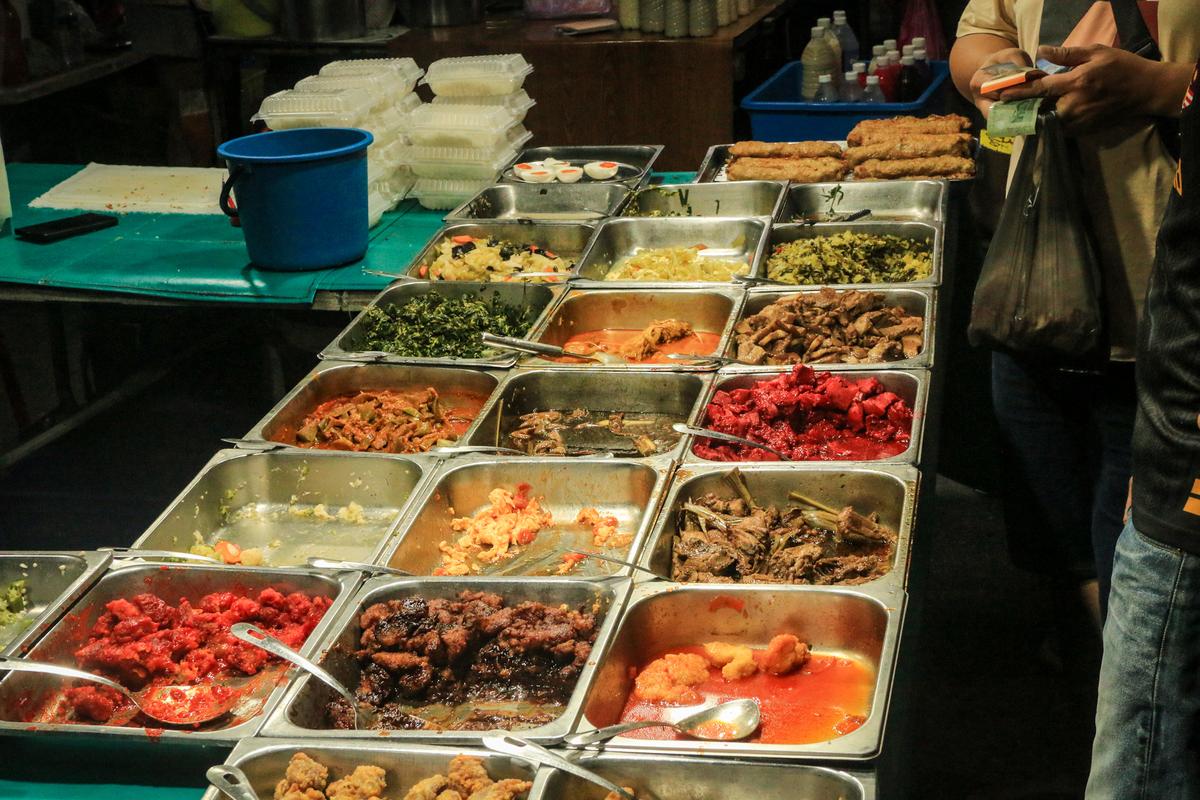
A variety of meat dishes are available at the night market in Sibu.
| Photo Credit:
Adithya Narayan
Sightseeing prospects in Sibu include boating along Rajang river and a stroll through the night market. Here, everything from cooked meat and dumplings to fresh-cut fruits and alcohol is sold. However, those wanting to explore their culinary skills should head towards the Sibu Central market during the day to buy raw meat and vegetables.
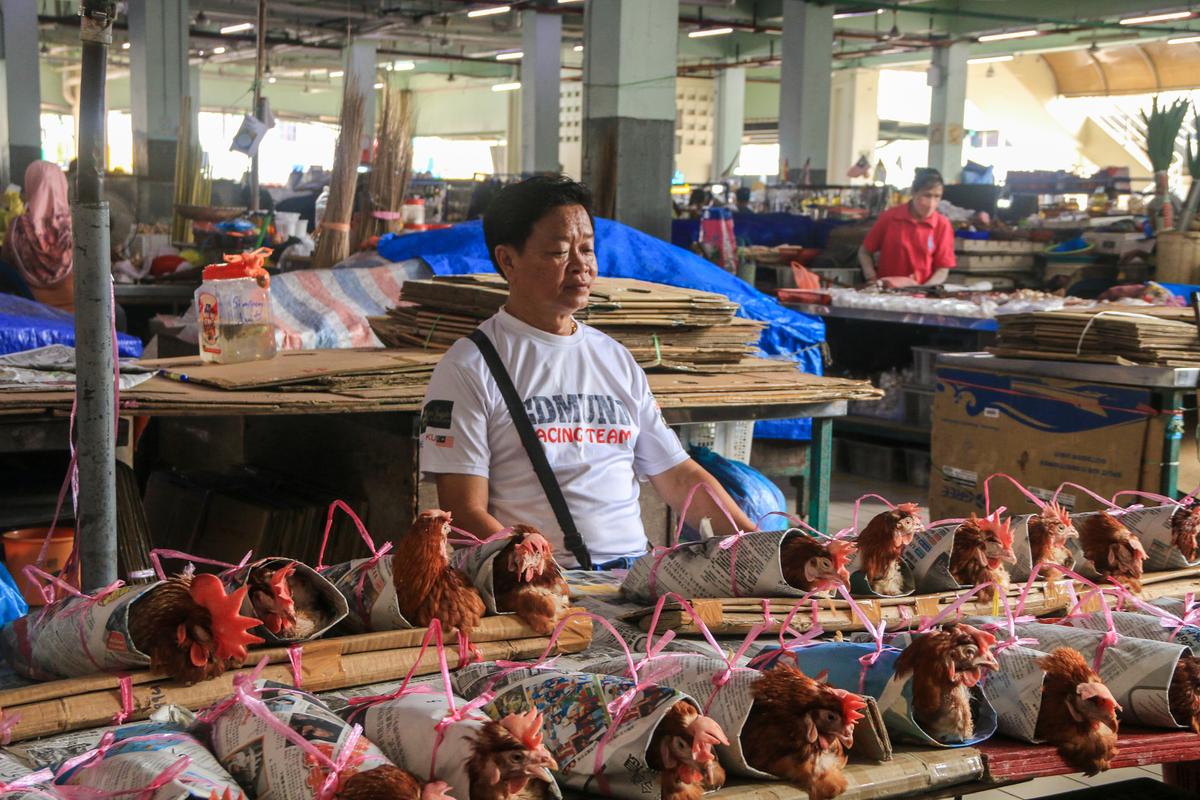
The Sibu Central Market sells everything ranging from meat to vegetables.
| Photo Credit:
Adithya Narayan
Mee sua, a type of thin wheat noodle, is also part of Sibu’s tradition. The city is home to a small group of people who have been employed in the business of hand-made noodles for generations. A visit to one such enterprise offers a glimpse of what goes into making noodles by hand. The transformation of a pile of dough into a thin strand of noodles is fascinating to behold.

Mee sua is a type of thin wheat noodle that is part of Sibu’s tradition.
| Photo Credit:
Adithya Narayan
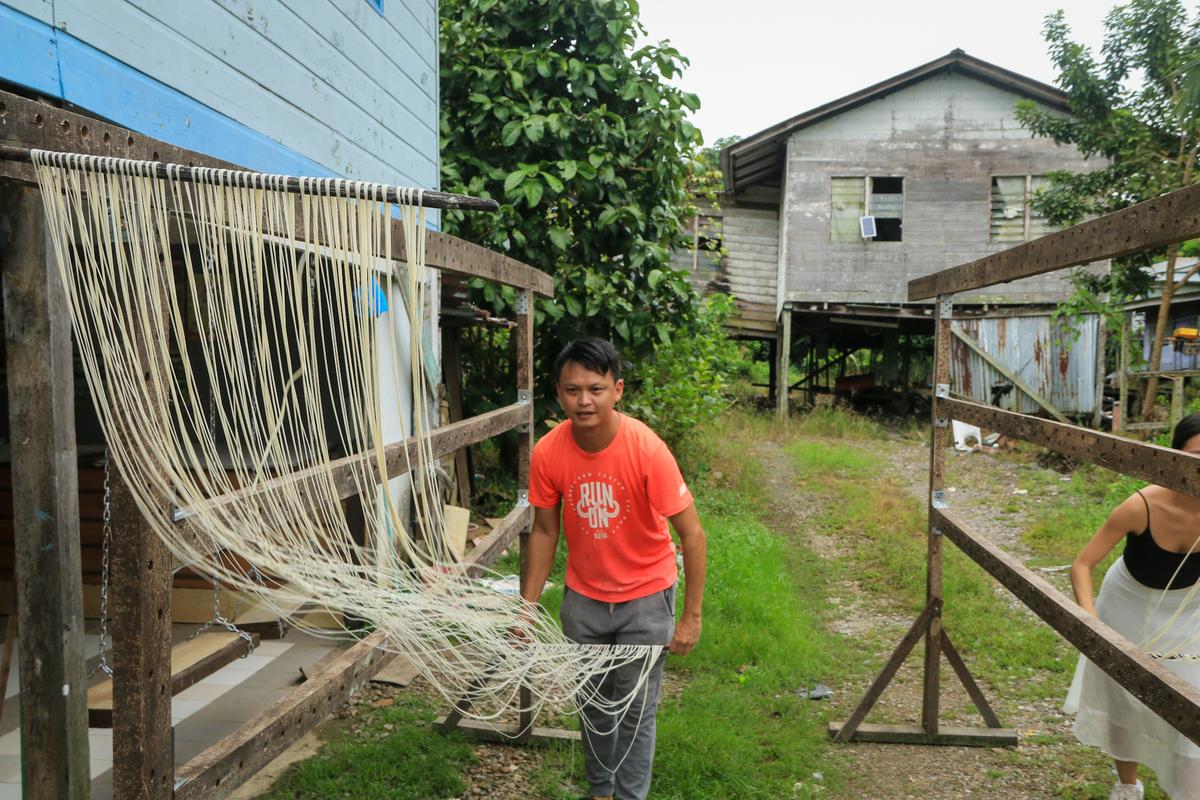
Sibu is home to a small group of people who have been employed in the business of hand-made noodles for generations.
| Photo Credit:
Adithya Narayan
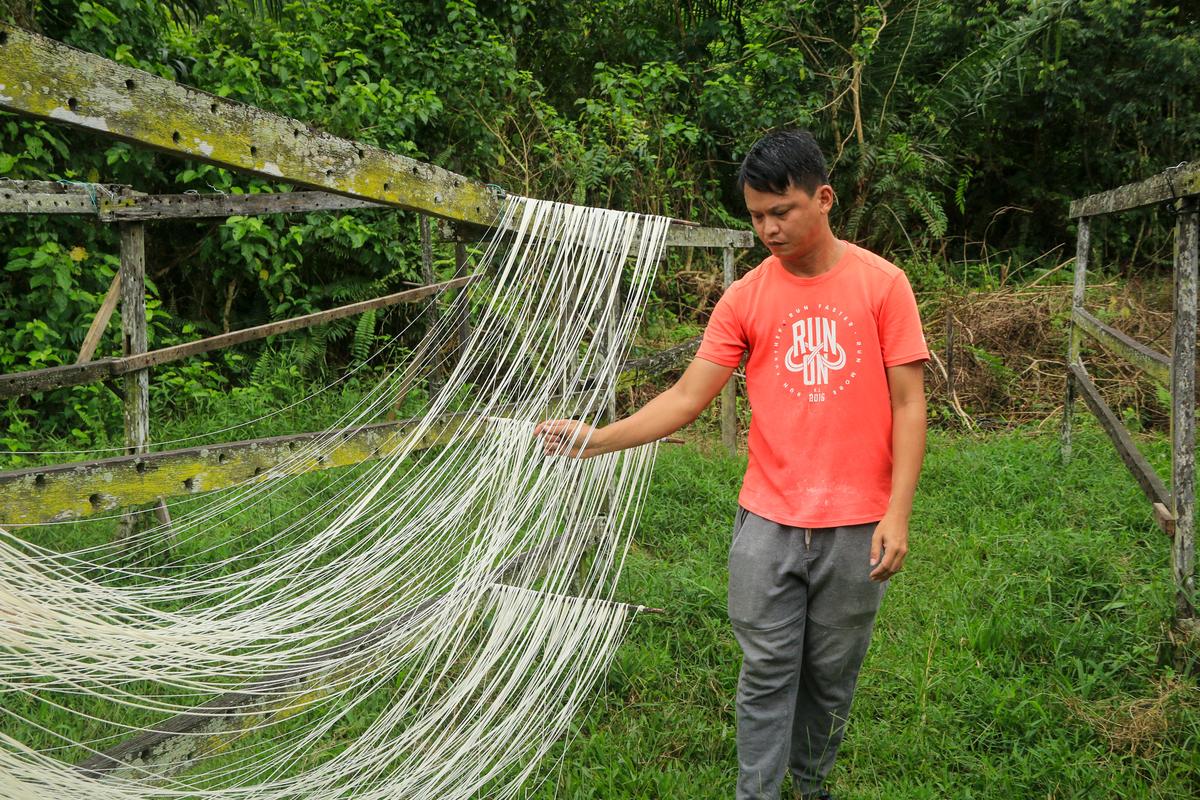
The transformation of a pile of dough into a thin strand of noodles is a fascinating scene to behold.
| Photo Credit:
Adithya Narayan
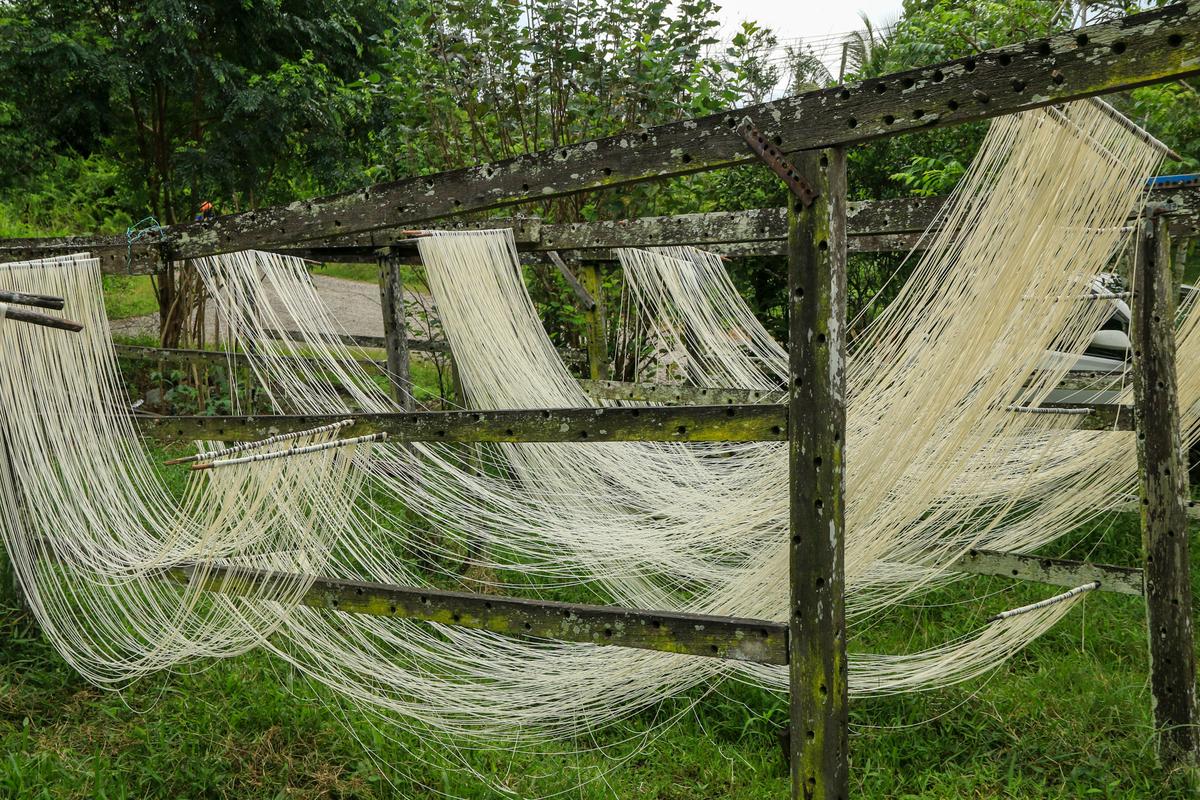
Mee Sua noodle left to dry in the open.
| Photo Credit:
Adithya Narayan
The city is home to this and much more. Ultimately, if losing oneself is not a priority, and the joy of discovering something takes precedence, Sibu is a haven for such souls.
The writer was in Sibu at the invitation of Scoot.





